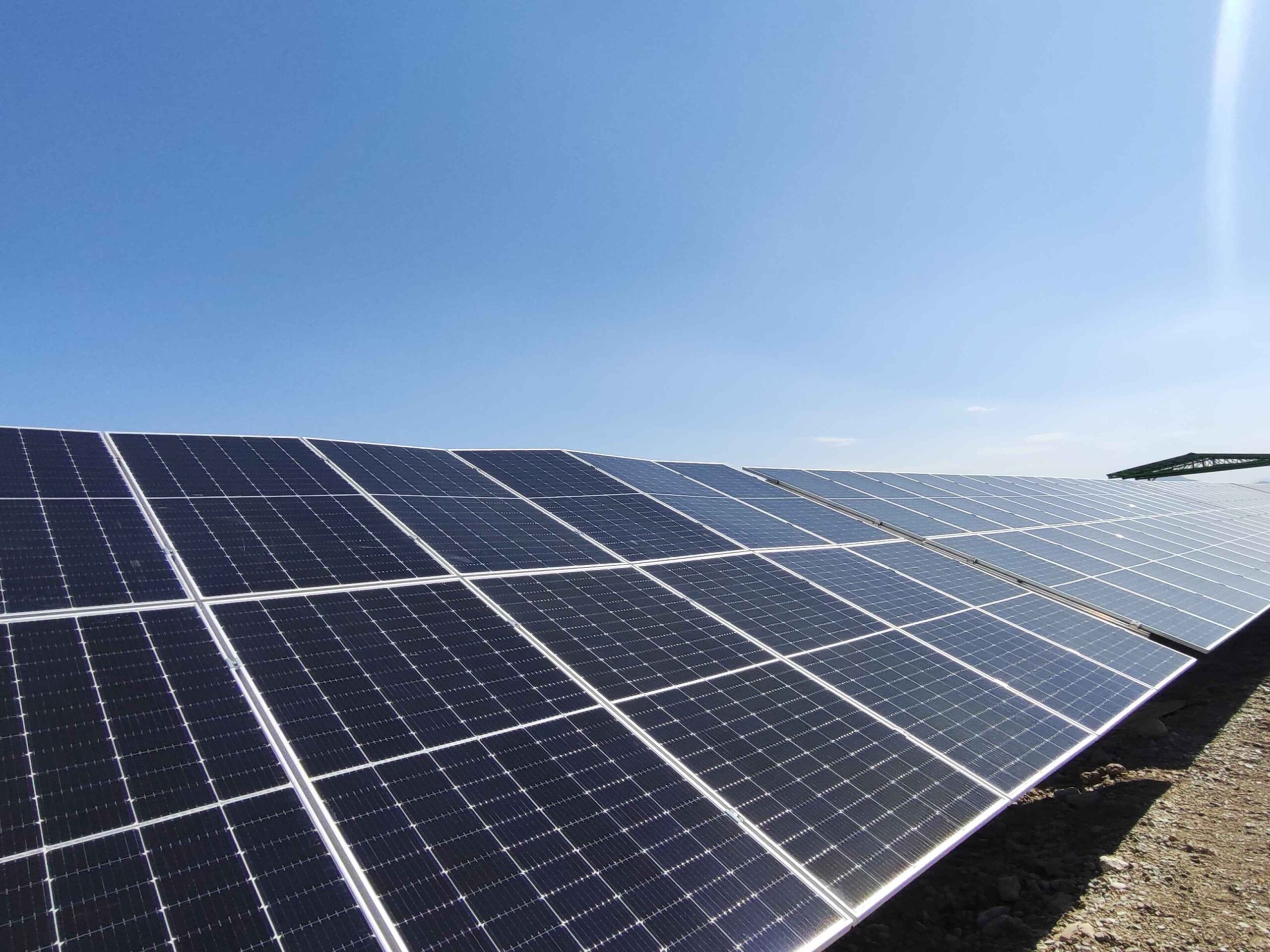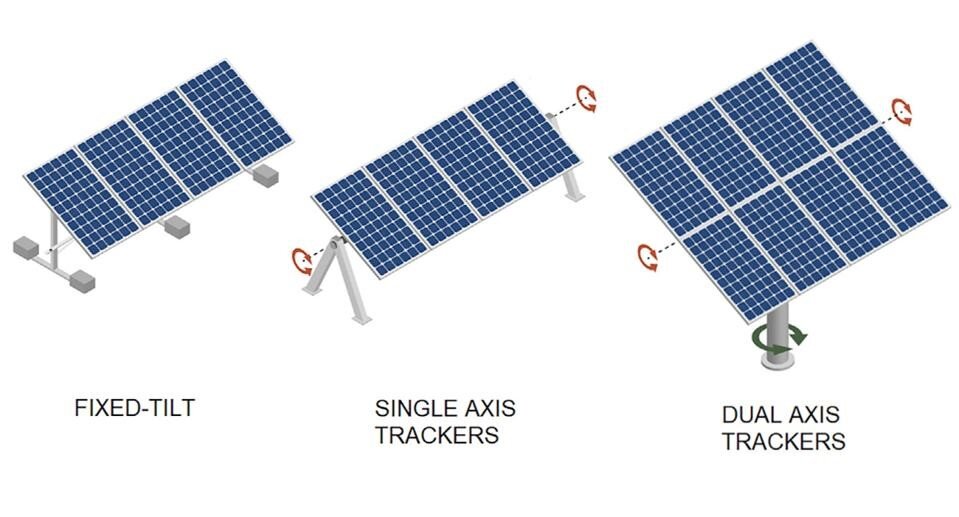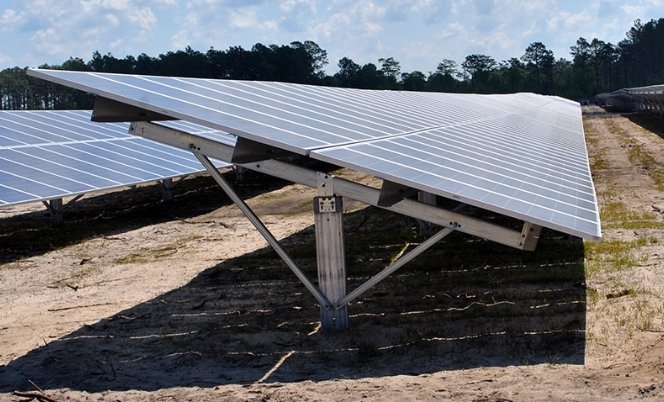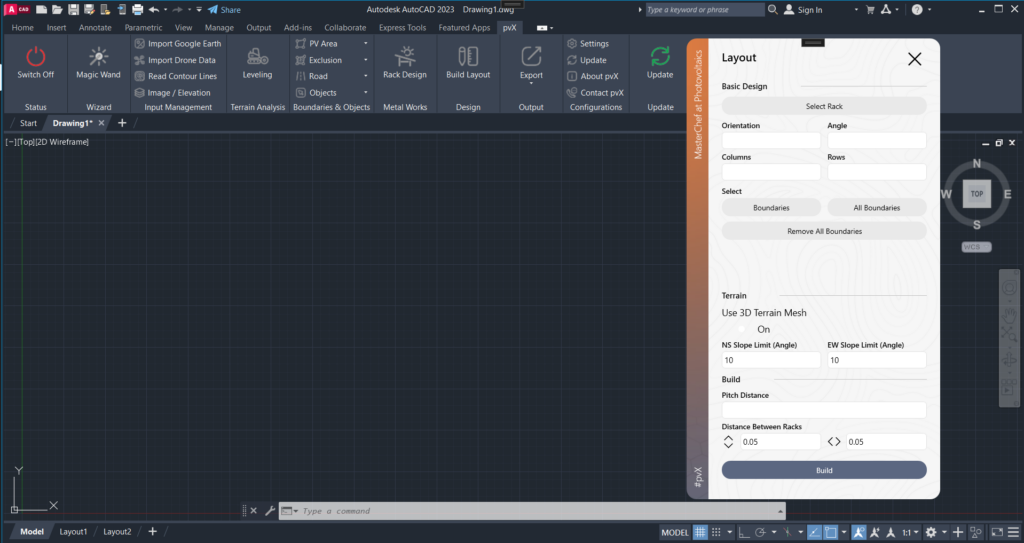Solar Trackers or Fixed Mounts? And how can pvX help.
Should you install solar trackers or fixed mounts? And how pvX solar software can guide your decision.
As the demand for solar energy continues to rise, the choice between installing solar trackers or fixed mounts becomes crucial for optimizing solar panel installations. Each option offers distinct advantages and disadvantages, making the decision dependent on specific project needs and constraints. pvX, an easy to use solar design software, plays a vital role in helping stakeholders make informed decisions by providing detailed insights into various rack types and their performance. This article explores both systems and how pvX can assist in making the right choice.

Understanding Solar Trackers
What Are Solar Trackers?
Solar trackers are advanced mounting systems designed to enhance the efficiency of solar panels by constantly aligning them with the sun’s position. Unlike fixed mounts, which remain stationary, trackers adjust the orientation of solar panels throughout the day to capture maximum sunlight. This dynamic adjustment ensures that panels receive optimal exposure, significantly boosting energy production.
Types of Solar Trackers
There are primarily two types of solar trackers used in commercial photovoltaic systems: single-axis and dual-axis trackers.
- Single-Axis Trackers: These trackers rotate on a single axis, typically following the sun’s path from east to west. This adjustment increases solar energy collection by up to 25% compared to fixed mounts. Single-axis trackers are ideal for projects with limited space but high energy demands.
- Dual-Axis Trackers: These trackers can move along both east-west and north-south axes, allowing them to follow the sun’s movement more precisely, including seasonal changes in the sun’s trajectory. Dual-axis trackers can boost solar energy collection by nearly 38%, making them suitable for commercial projects with high energy requirements and limited rooftop space.

Advantages of Solar Trackers
Increased Energy Production
One of the most significant benefits of solar trackers is their ability to increase energy production. By continuously adjusting the panels to face the sun directly, trackers can boost energy output by 25-45% compared to fixed mounts. This increased efficiency is particularly beneficial for large-scale commercial photovoltaic systems, where maximizing solar power calculations is critical for meeting energy demands.
Space Efficiency
Solar trackers are highly advantageous for installations with limited space. By optimizing the angle and orientation of solar panels, trackers reduce the number of panels needed to achieve the desired energy output. This makes them an excellent choice for projects where land availability is a constraint.
Adaptability to Climatic Changes
Trackers excel in adapting to climatic changes and varying sun positions throughout the year. In regions with significant seasonal variations, dual-axis trackers ensure that solar panels are always positioned for maximum sunlight exposure, thus enhancing energy production even during winter months when the sun’s angle is lower.
Understanding Fixed Mounts
What Are Fixed Mounts?
Fixed mounts are stationary structures designed to hold solar panels in a fixed position. Unlike trackers, fixed mounts do not move with the sun’s position. Instead, they are installed at a predetermined angle and orientation to capture the maximum possible sunlight based on the location’s latitude and typical sun path.
Types of Fixed Mounts
There are two main types of fixed mounts: single-pile and dual-pile designs.
- Single-Pile Designs: These are simpler and typically used in smaller installations. They involve a single post supporting each solar panel or a group of panels, making them easy to install and maintain.
- Dual-Pile Designs: These provide more stability and are often used in larger commercial installations. They involve two posts supporting the panels, which helps in distributing the weight and withstanding higher wind loads.

Advantages of Fixed Mounts
Cost-Effectiveness
One of the primary benefits of fixed mounts is their cost-effectiveness. Fixed mounts are generally less expensive to purchase and install compared to solar trackers. The simplicity of their design also means lower maintenance costs over their lifespan, making them an attractive option for projects with tight budgets.
Ease of Installation
Fixed mounts are simpler to install than solar trackers. Their straightforward design reduces the complexity and time required for installation, which can result in lower labor costs and quicker project completion. This ease of installation is particularly beneficial for large-scale projects where speed and efficiency are crucial.
Durability
Fixed mounts are known for their durability. They have fewer mechanical parts, reducing the likelihood of failure and the need for repairs. This makes them a reliable choice for installations in harsh environmental conditions where trackers might be prone to damage.

How can pvX Help in Decision Making?
Land Optimization (Earthwork Calculations)
pvX offers advanced tools for land optimization, including precise earthwork calculations. This feature helps in assessing the suitability of the land for solar installations, ensuring that the chosen area is optimized for maximum solar exposure and minimal shading. By providing detailed topographical data and grading requirements, pvX assists in minimizing the earthwork needed, thus reducing overall project costs and ensuring efficient land use.
Understanding the Cost
One of the critical advantages of using pvX is its ability to provide accurate production energy estimates based on the design. By simulating different scenarios with fixed mounts and solar trackers, pvX helps users understand the potential energy output and associated costs. This feature enables a detailed cost-benefit analysis, allowing stakeholders to make informed decisions on the most financially viable options for their solar projects.
Rack Types and Their Placement
pvX excels in helping users choose the appropriate rack types and their optimal placement. The software allows for easy switching between different rack types, enabling a comprehensive comparison of how each type affects the overall design and energy production. This flexibility ensures that users can select the most suitable racking system based on their specific project needs, land constraints, and desired energy output. By visualizing the final design, pvX provides a clear understanding of how different racks will perform in real-world conditions.

